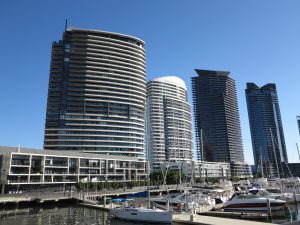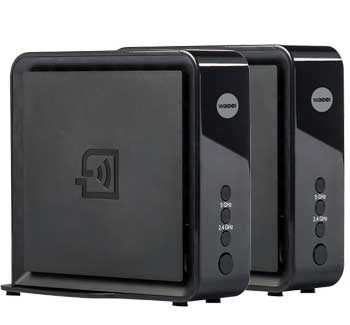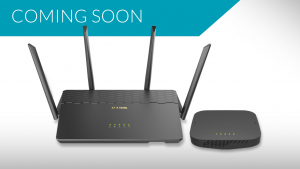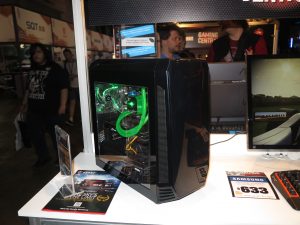The case for a future-proof fibre-broadband setup
Article – From the horse’s mouth 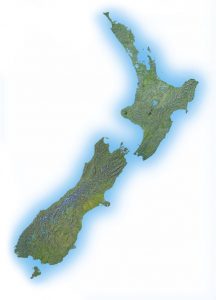
Chorus Broadband NZ
My Comments
Chorus, New Zealand’s broadband infrastructure provider, highlighted why their fibre-to-the-premises broadband setup has been designed to be future-proof.
Here, they highlighted the time when New Zealand acquired colour television and households were getting their claws on to one of the new colour TV sets that were being released. This was concurrent with the 1974 Commonwealth Games being hosted in Christchurch, New Zealand and the Kiwis were wanting to watch this event in living colour. Then they highlighted the up-and-coming 2020 Olympics in Tokyo with the possibility of it being delivered using 8K UHDTV technology thanks to NHK in Japan being able to deliver 8K UHDTV broadcast feeds to broadcasters who have local rights to the event.
But they were mentioning about the feasibility of upgrading their infrastructure from 1Gbps to 10Gbps. They are prototyping such a setup in their Auckland-based Chorus Fibre Experience Lab but came across with the fact that it would only require replacement of the electronics at each end of the connection.
This would be the optical-network terminal in their exchange or street cabinet and the optical-network terminal in your home that connects between the optical fibre and your router’s WAN (Internet) socket. At the time that 10Gbps fibre-optic connectivity is needed, newer and better routers would be offered with a 10Gbps Ethernet connection of some sort on the WAN side, in addition to LAN-side wired and wireless connectivity that suits these expectations. If the exchange-side setup is totally modular, it could allow for a gradual service upgrade initially to those who are after that bandwidth like business users or “tech-head” early adopters.
Some other areas like Hong Kong, Norway, Qatar, and South Korea are dabbling with the 10Gbps fibre-optic idea and offering it as a service. Mostly this is offered by the local ISPs as a premium or business-class service.
But Chorus and other FTTP providers can see other upgrade paths for their fibre-optic services without the need to replace the optical fibre. Here, they could convert from passive-optical-network architecture to active-optical-network architecture to provide full bandwidth to each premises. It also allows the infrastructure to support full quality-of-service for real-time applications like online gaming, IP telephony or video streaming as well as a highly-flexible service for households and businesses.
Chorus are also underscoring the reality that there will be more Internet traffic over their infrastructure especially with the smart home and the Internet Of Things. This is more so if these devices become dependent on cloud services and provide frequently-updated data.
Here, what is being highlighted is the use of futureproof technologies that can allow for long-term investment in the same infrastructure and an upgrade path that costs relatively little to implement.



